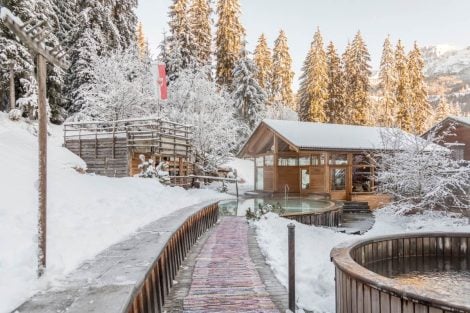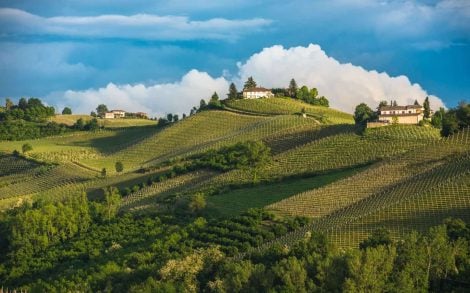The vineyards of Alto Adige are spread over a few thousand hectares, lying on the hillsides along the Adige and Isarco rivers. What this description doesn’t capture is the great variability of the terrain, ranging from 220 metres in the valley floor to over 1,000 metres in Bassa Atesina and Renon, where limestone, silt, and porphyry alternate, with 360° exposures. The region is known for its extraordinary richness in grape varieties and the highly fragmented nature of the vineyards, with thousands of families interpreting the land and harvests in their own unique ways.
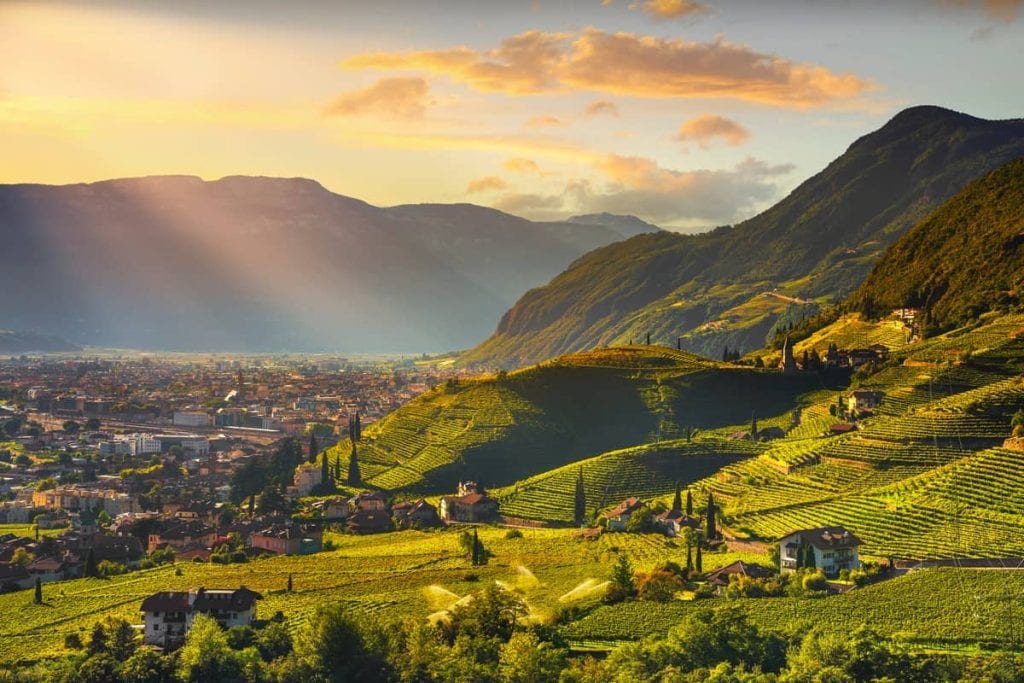
Alto Adige: each grape to its territory
The result of this vast puzzle is of the highest quality, with wines increasingly reflecting these nuances with precision. Today, wineries no longer cultivate all the grape varieties allowed by the denomination but focus only on those that have a strong connection to the specific territory. Older, struggling vines are not replaced automatically but are swapped for more suitable varieties, seeking freshness at higher altitudes or making the most of warmer exposures with the appropriate grapes. Vineyards shielded from the afternoon sun in areas like Magrè and Sella are ideal for Chardonnay. In the basin around Bolzano, Lagrein reigns supreme, while the area of Mazzon is renowned for its Pinot Noir, with neighbouring Appiano Monte also producing increasingly impressive examples.
Pinot Bianco claims its role as a historic variety in many areas, from Sirmian near Nalles to Tirolo in the Burgraviato, and in Terlano, where it features both as a single-variety wine and as part of the Terlaner blend. Riesling has found its ideal home in the highest areas of Val Venosta and Valle Isarco, just as Sylvaner, Kerner, and Grüner Veltliner are closely tied to the easternmost parts of the region. Schiava, although less widely planted today, remains the undisputed star of the prime areas of Caldaro and Santa Maddalena.

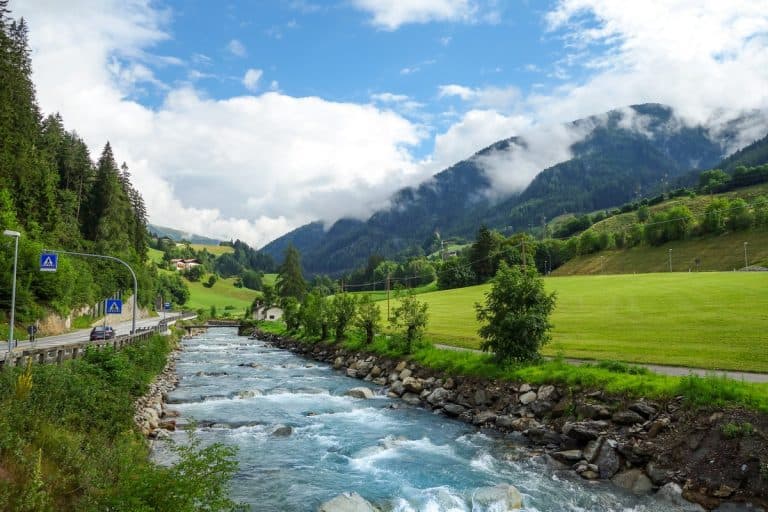
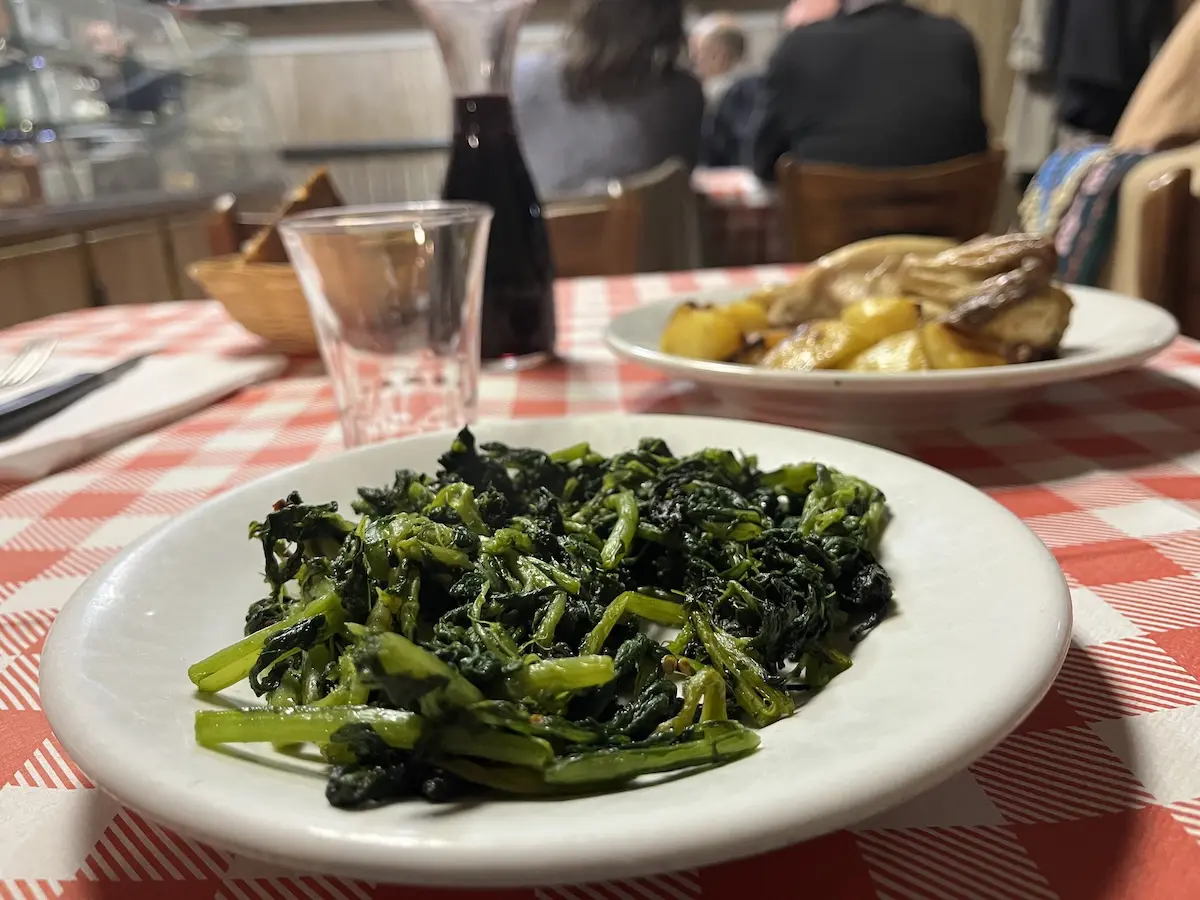 Why not every trattoria should be written about
Why not every trattoria should be written about Brigitte Bardot’s final rosé: the wine that marks the end of an icon
Brigitte Bardot’s final rosé: the wine that marks the end of an icon What you need to know about Italy's new decree on dealcoholised wine
What you need to know about Italy's new decree on dealcoholised wine Why Arillo in Terrabianca's organic approach is paying off
Why Arillo in Terrabianca's organic approach is paying off
